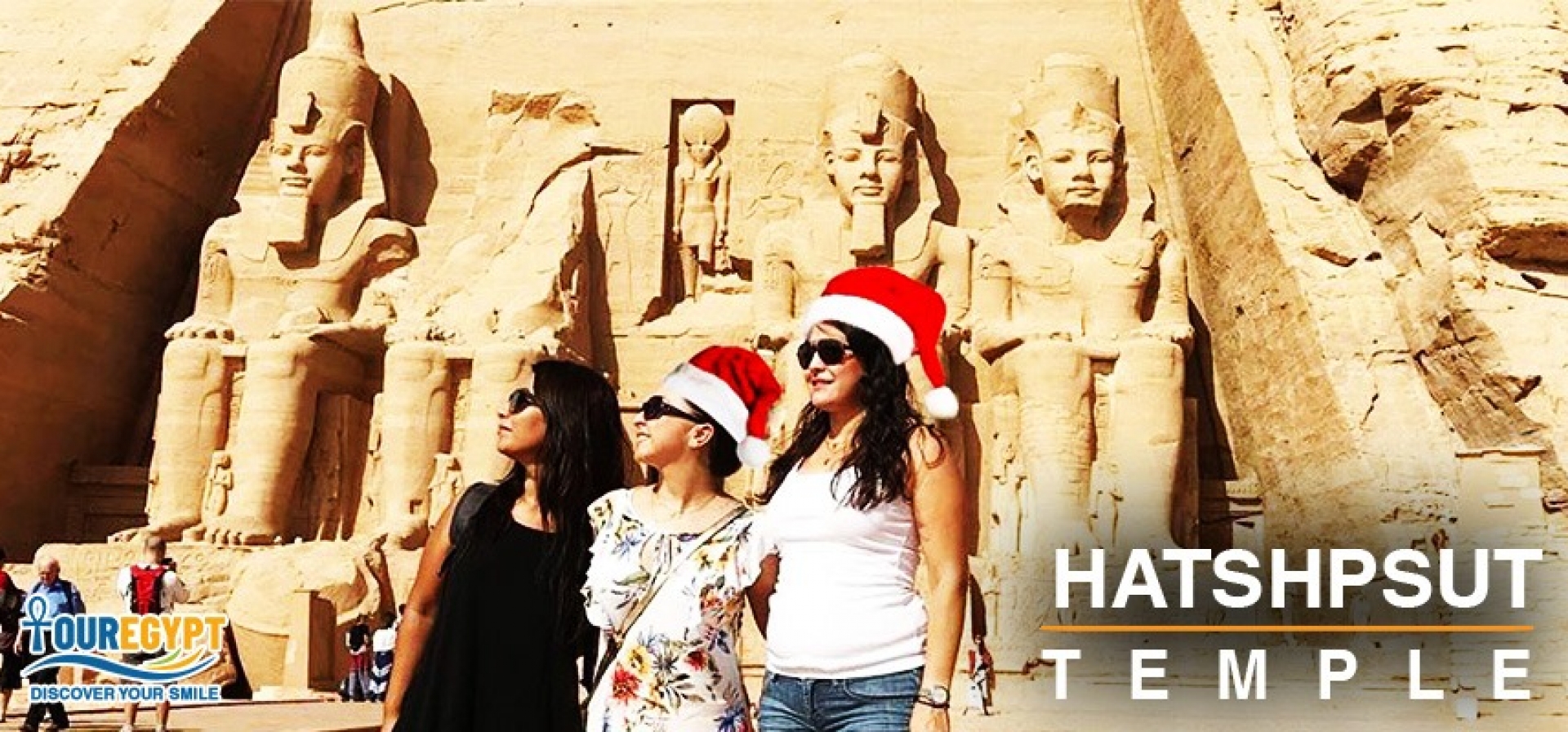
- Thu, Apr 2, 2020 10:09 PM
Perhaps after the Giza pyramids, or coincident with them, the great temple of Abu Simbel presents the most familiar image of ancient Egypt to the modern traveler and reader. When the conservation efforts to preserve the temple from the soon-to be built High Aswan Dam and its rising waters were begun in the 1960s, images of the colossal statues filled newspapers and books. The temples were dismantled and relocated in 1968 on the desert plateau, 200 feet above and 600 feet west of their original location.
Abu Simbel lies south of Aswan on the western bank of the Nile, 180 miles south of the First Cataract in what was Nubia. The site was known as Meha in ancient times and was first documented in the 18th Dynasty, when Ay and Horemheb had rock-cut chapels hewn in the hills to the south.
Ramesses II, called "the Great," built seven rock-cut temples in Nubia. The rock-cut temple of Ramesses II on the west bank of the Nile at Abu Simbel is the greatest of these. This temple was not seen by Europeans until J.J. Burckhardt discovered them in 1813.
The temple, called Hwt Ramesses Meryamun, the "Temple of Ramesses, beloved of Amun," was begun fairly early in Ramesses long reign, commissioned some time after his fifth regnal year, but not completed until his 35th regnal year. The massive facade of the main temple is dominated by the four seated colossal statues of Ramesses. These familiar representations are of Ramesses II himself. Each statue, 67 feet high, is seated on a throne and wears the double crown of Upper and Lower Egypt. Each is taller than the famed Memnon Colossus at Thebes, and all are sculpted directly from the rock face. The thrones are decorated on their sides with Nile gods symbolically uniting Egypt.
Burckhardt said of the first face on the left that it "was the most expressive, youthful countenance, approaching nearer to the Grecian model of beauty than that of any ancient Egyptian figure I have seen."
An ancient earthquake damaged the statues. One is demolished from the waist up.
Between the legs and on each of their sides stand smaller statues of members of the royal family. The smaller statues of relatives were probably, for the first southern colossus: Queen Nefretari by the left leg, the kings mother, the great wife of Seti I, Muttuya by his right leg, and Prince Amenhirkhopshef in front. For the second southern colossus, Princess Bentanta stood by the left leg, Princess Nebettawyby the left, and one unnamed female figure, probably that of a lesser royal wife named Esenofre.
The family statues at the first northern colossus were, Queen Nefretari, Princess Beketmut and Prince Riameses in front. For the second northern colossus, there were Princess Merytamun, Queen Muttuya and Princess Nofretari.
Beneath these giant sculptures are carved figures of bound captives.
The forecourt or terrace which fronted the temple contained two tanks for the ablutions of the priests. On the northern side of this terrace stood a small sun-chapel, and on the south, stood a chapel of the god Thoth. Above the entrance, a figure of the falcon-headed sun-god Ra is shown worshipped by flanking images of Ramesses. The rebus figure of Ra contains the prenomen of Ramesses II, or Usermaatre: the falcon headed god Ra has next to his right leg the glyph showing the head and neck of an animal, read User, and the goddess at his left leg is maat. At the top of the temple faade is a row of baboon statues in adoring attitudes, said to welcome the rising sun.
A stela at the southern end of the external terrace is called "the Marriage Stela," and is a copy of the record of one of Ramesses IIs diplomatic triumphs, his marriage to a daughter of the Hittite king Hattusilis III.
Within the temple a series of chambers becomes increasingly smaller as the floors of the rooms rise noticeably.
Tags:
- Ancient Egypt